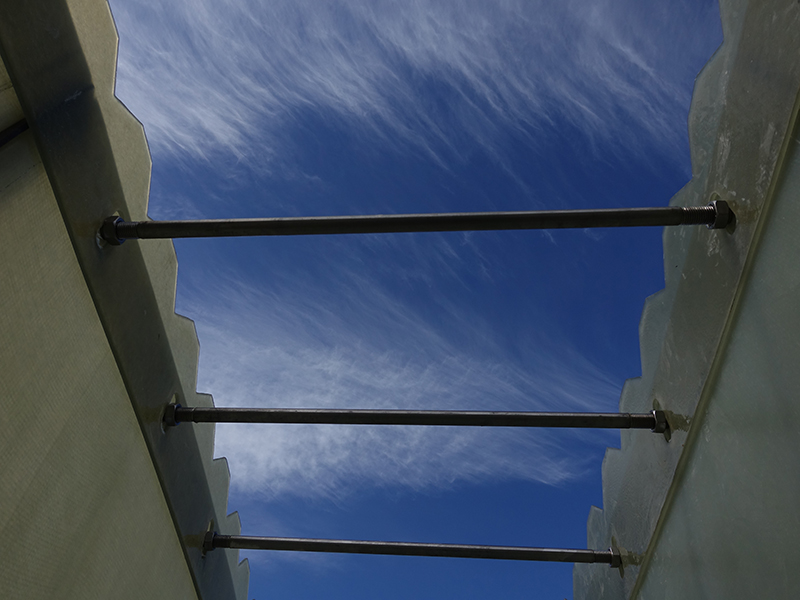
-
 Afrikaans
Afrikaans -
 Albanian
Albanian -
 Amharic
Amharic -
 Arabic
Arabic -
 Armenian
Armenian -
 Azerbaijani
Azerbaijani -
 Basque
Basque -
 Belarusian
Belarusian -
 Bengali
Bengali -
 Bosnian
Bosnian -
 Bulgarian
Bulgarian -
 Catalan
Catalan -
 Cebuano
Cebuano -
 China
China -
 China (Taiwan)
China (Taiwan) -
 Corsican
Corsican -
 Croatian
Croatian -
 Czech
Czech -
 Danish
Danish -
 Dutch
Dutch -
 English
English -
 Esperanto
Esperanto -
 Estonian
Estonian -
 Finnish
Finnish -
 French
French -
 Frisian
Frisian -
 Galician
Galician -
 Georgian
Georgian -
 German
German -
 Greek
Greek -
 Gujarati
Gujarati -
 Haitian Creole
Haitian Creole -
 hausa
hausa -
 hawaiian
hawaiian -
 Hebrew
Hebrew -
 Hindi
Hindi -
 Miao
Miao -
 Hungarian
Hungarian -
 Icelandic
Icelandic -
 igbo
igbo -
 Indonesian
Indonesian -
 irish
irish -
 Italian
Italian -
 Japanese
Japanese -
 Javanese
Javanese -
 Kannada
Kannada -
 kazakh
kazakh -
 Khmer
Khmer -
 Rwandese
Rwandese -
 Korean
Korean -
 Kurdish
Kurdish -
 Kyrgyz
Kyrgyz -
 Lao
Lao -
 Latin
Latin -
 Latvian
Latvian -
 Lithuanian
Lithuanian -
 Luxembourgish
Luxembourgish -
 Macedonian
Macedonian -
 Malgashi
Malgashi -
 Malay
Malay -
 Malayalam
Malayalam -
 Maltese
Maltese -
 Maori
Maori -
 Marathi
Marathi -
 Mongolian
Mongolian -
 Myanmar
Myanmar -
 Nepali
Nepali -
 Norwegian
Norwegian -
 Norwegian
Norwegian -
 Occitan
Occitan -
 Pashto
Pashto -
 Persian
Persian -
 Polish
Polish -
 Portuguese
Portuguese -
 Punjabi
Punjabi -
 Romanian
Romanian -
 Russian
Russian -
 Samoan
Samoan -
 Scottish Gaelic
Scottish Gaelic -
 Serbian
Serbian -
 Sesotho
Sesotho -
 Shona
Shona -
 Sindhi
Sindhi -
 Sinhala
Sinhala -
 Slovak
Slovak -
 Slovenian
Slovenian -
 Somali
Somali -
 Spanish
Spanish -
 Sundanese
Sundanese -
 Swahili
Swahili -
 Swedish
Swedish -
 Tagalog
Tagalog -
 Tajik
Tajik -
 Tamil
Tamil -
 Tatar
Tatar -
 Telugu
Telugu -
 Thai
Thai -
 Turkish
Turkish -
 Turkmen
Turkmen -
 Ukrainian
Ukrainian -
 Urdu
Urdu -
 Uighur
Uighur -
 Uzbek
Uzbek -
 Vietnamese
Vietnamese -
 Welsh
Welsh -
 Bantu
Bantu -
 Yiddish
Yiddish -
 Yoruba
Yoruba -
 Zulu
Zulu
molded fiberglass grating
The Benefits of Molded Fiberglass Grating A Comprehensive Overview
Molded fiberglass grating has emerged as a superior choice for various industrial and commercial applications, thanks to its unique composition, strength, and versatility. This innovative material, made from glass fiber reinforced plastic (GFRP), offers a wide array of advantages that set it apart from traditional grating materials such as steel and aluminum. In this article, we will delve into the benefits of molded fiberglass grating and explore why it has become a popular solution in diverse sectors.
1. Corrosion Resistance
One of the most significant advantages of molded fiberglass grating is its exceptional resistance to corrosion. Unlike metal grating, which can succumb to rust and deterioration when exposed to harsh chemicals or moisture, fiberglass grating remains unaffected. This characteristic makes it an ideal choice for industries such as chemical processing, wastewater treatment, and marine environments where corrosion is a constant threat. By using molded fiberglass grating, companies can reduce maintenance costs and extend the lifespan of their infrastructure.
2. Lightweight and Easy to Install
Molded fiberglass grating is significantly lighter than traditional metal grating. This reduced weight translates into easier handling and transportation, which can lead to lower labor costs during installation. Workers can maneuver and install molded fiberglass grating more quickly and efficiently, particularly in challenging or elevated locations. Additionally, its ease of handling minimizes the risk of injury during installation, contributing to a safer work environment.
3. High Load-Bearing Capacity
Despite its lightweight nature, molded fiberglass grating boasts impressive load-bearing capabilities. Engineered for strength, it can support substantial weight loads while maintaining structural integrity. This feature is particularly beneficial in industrial settings where heavy machinery and foot traffic are common. Molded fiberglass grating is available in various thicknesses and specifications, allowing users to choose the right type for their specific application needs.
molded fiberglass grating

4. Slip Resistance
Safety is paramount in any working environment, and molded fiberglass grating excels in providing a slip-resistant surface. The textured surface of the grating offers excellent traction, significantly reducing the risk of slips and falls. This characteristic is crucial in settings such as walkways, stairways, and platforms, where the combination of moisture and foot traffic can create hazardous conditions. By prioritizing safety, businesses can protect their employees and adhere to regulatory standards.
5. Versatile Applications
Molded fiberglass grating is versatile and adaptable, making it suitable for a wide range of applications across multiple industries. Whether used in manufacturing facilities, commercial buildings, water treatment plants, or recreational areas, molded fiberglass grating can be customized to meet specific requirements. It can be cut, shaped, and configured to fit any project, allowing architects and engineers to make the most of their design visions.
6. Environmental Benefits
In today's environmentally conscious world, the sustainability of materials is a significant consideration. Molded fiberglass grating is often produced using resins that have a lower environmental impact compared to traditional materials. Furthermore, its long lifespan and resistance to degradation mean that less material is needed for replacements over time, contributing to a reduced environmental footprint.
Conclusion
In conclusion, molded fiberglass grating represents a leading solution for businesses seeking durable, lightweight, and versatile flooring options. Its resistance to corrosion, ease of installation, high load-bearing capacity, slip resistance, and environmental benefits make it a preferred choice for various applications. As industries continue to evolve and prioritize safety and sustainability, the demand for molded fiberglass grating is likely to increase, solidifying its role as an essential component in modern infrastructure. By adopting this innovative material, companies can enhance their operational efficiency while ensuring a safe and compliant working environment.









